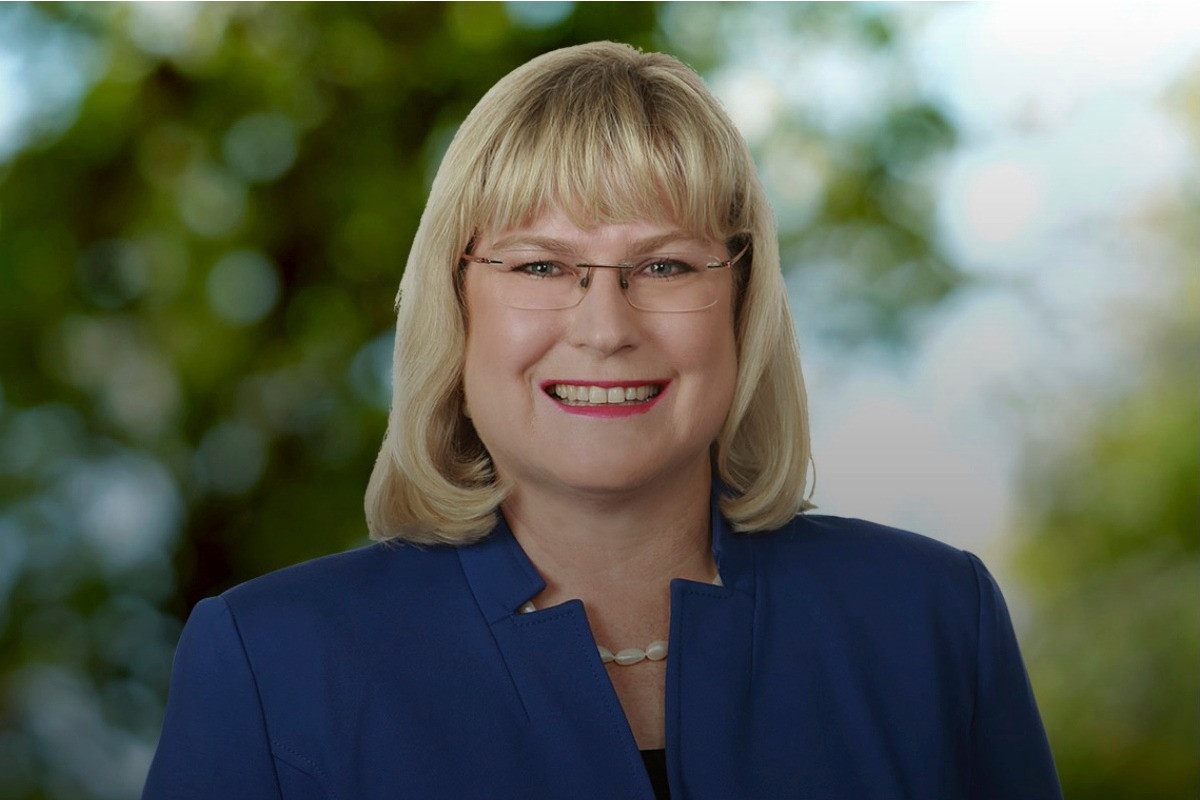News
27 August, 2025
Councils are at a loss
The State Government has formed a Depreciation Taskforce to support local councils to better tackle the growing depreciation challenges to ultimately provide cost of living relief to ratepayers.

This comes after Moreton Bay Mayor Peter Flannery and Somerset Mayor Jason Wendt joined the Local Government Association of Queensland’s (LGAQ) campaign calling for fairer funding for local governments, which they claimed was 50 years out of date.
In the lead up to May’s federal election, both mayors were particularly critical of both major parties, saying their policies lacked appropriate support for councils to keep up with cost and demand.
The State’s new taskforce will focus on improving the sector’s understanding of depreciation, as well as identifying risks and opportunities to better manage assets and reduce financial impacts on ratepayers. It will look at how depreciation of council assets, such as roads, water and sewerage networks, parks, and buildings, are treated and can be better managed to ensure councils remain financially viable. The taskforce will also present opportunities to reduce the impact of depreciation on a council’s sustainability.
The taskforce will be led by local government finance consultant and sector veteran Neil Castles, who has spent more than 20 years at Queensland Treasury Corporation, including leading its Local Government team. The taskforce will deliver its final report to the Minister in December.
Minister for Local Government, Water and Volunteers, Ann Leahy, said the Government was committed to a genuine partnership with councils to deliver empowered, strong and local governments.
“We are seeing councils struggle with soaring costs and the effects of depreciation to their budgets, and it’s clear that the issue must be addressed,” she said. “Calculating depreciation over the forward years is challenging and we are seeing some councils facing significant losses due to the devaluation. The taskforce’s end game is to, where possible, find savings and pass them on to ratepayers.”
Mr Castles said the taskforce would also aim to enhance stakeholder awareness of the implications of depreciation on service planning and investment decisions.
“For the past 30 years, local government has been a big part of my professional life, and my goal has always been to improve outcomes – including the financial sustainability – of local governments,” he said. “Depreciation affects sustainability and is a complex issue. I am looking forward to leading this taskforce, working with local governments and other stakeholders, and finding opportunities to better manage depreciation at the local council level. Without finding ways to support our councils, local communities will be faced with large rate rises to cover growing depreciation and other expenses and nobody wants that.”
LGAQ chief executive officer, Alison Smith, said councils welcomed the establishment of the taskforce.
“Queensland councils are fighting a daily battle to provide the liveability communities rightly deserve in the face of significant cost increases,” Ms Smith said. “Addressing depreciation and the significant impact it is having on council budgets and financial sustainability is a welcome step forward for local government across Queensland and we look forward to working closely with the taskforce.”
On a federal level, councils currently receive Financial Assistance Grants worth less than 50 cents for every $100 of tax paid by Australians, according to the LGAQ.
In the lead up to the federal election, Cr Wendt emphasised the demands and expectations of local governments are radically different from 1974, when the current federal funding model was introduced.
“Ultimately, if councils are not properly funded into the future for our growing population, then we only have two options: cut services or increase rates – it’s that simple,” he said.
Cr Flannery added it was “beyond comprehension” to think that councils could continue to provide everyday services, while at the same time funding major infrastructure projects, receiving only 3 per cent of tax revenue.

